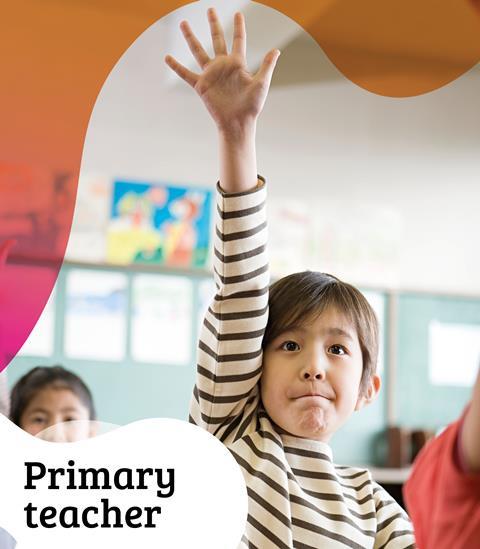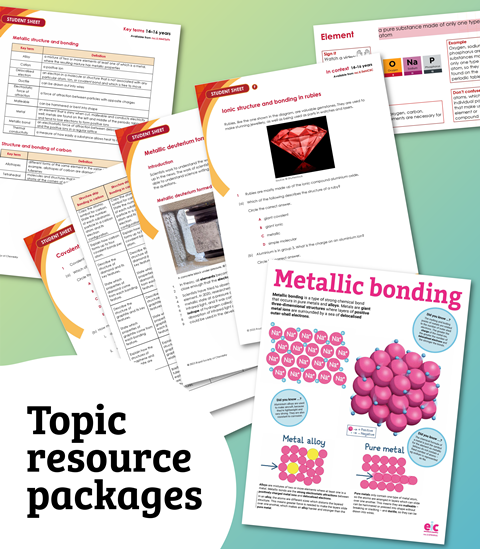All Maths skills articles
-
 Resource
ResourceMetallic bonding in electric cars | In context | 14–16
Put metallic structure and bonding into context and practise maths in science with questions about electric cars
-
 Resource
ResourceIonic structure and bonding in rubies | In context | 14–16 years
Put ionic bonding into context with questions about rubies, their composition and dazzling properties
-
 Resource
ResourceStructure and bonding of carbon | In context | 14–16
Put carbon structure and bonding into context and practise maths in science with questions about graphene, Buckminsterfullerene, diamond
-
 CPD article
CPD articleTeaching atom economy, percentage yield and green chemistry post-16
Use these tips and ideas for teaching these quantitative topics
-
 Resource
ResourceAtom economy, percentage yield and green chemistry misconception buster | 16–18 years
Identify and address common misconceptions on this topic with diagnostic questions based on the calculations and their impact on sustainability
-
 Class experiment
Class experimentMicroscale titration | 11–16 years
Use this simple microscale titration experiment with integrated instructions to introduce your learners to titrations
-
 Ideas
IdeasSuccess with GUESS for solving equation-based problems
Help your 11–16 students calculate answers independently and effectively with this acronym
-
 Ideas
IdeasTeaching tips to tackle maths anxiety
Help your students develop their numeracy confidence with these back-to-basics steps
-
 Resource
ResourceA practical investigation of cis-trans isomerism in transition metal complexes
Investigate isomerism in transition metal complexes with this experiment, including pre- and post-lab questions
-
 Opinion
OpinionWhy I hate formula triangles
Read why one teacher asks if it’s time to change the formula when teaching calculation questions
-
 News
NewsBoost maths skills to improve chemistry learning
Use these evidence-based tips to help your learners get ahead with chemical calculations
-
 Practical video
Practical videoEnthalpy change of combustion of ethanol | practical videos | 14–16 years
Video and resources investigating the heat energy change of combustion of ethanol
-
 Resource
ResourceElectrochemical cells misconception buster | 16–18 years
Probe learners’ knowledge of setting up electrochemical cells, redox equations and calculations
-
 Resource
ResourcePesticides and agricultural productivity calculations | 14–16 years
Link food security to yield, percentage yield and atom economy
-
 Project
ProjectAnalysing the chemistry of food | Chemistry for All project | 14–16 years
Analyse food and drink samples using TLC, titration and visible absorption spectroscopy with this engaging project
-
 CPD article
CPD articleHow to teach quantitative chemistry at post-16
Use these tips to help your students successfully calculate reacting masses and limiting agents
-
 Class experiment
Class experimentAcid–base back titration | 16–18 years
Write balanced equations and calculate reacting masses and moles to find the limiting reagent
-
 Feature
FeatureWhy you need to collaborate with English and maths teachers to boost student outcomes
Work with out of department colleagues to help your students acquire essential literacy and numeracy skills
-
 Resource
ResourceRecycling plastics evaluation | 14–16 years
Develop your learners’ evaluation, extended writing and maths skills in the context of polymers
-
 Ideas
IdeasImprove learners’ confidence with numbers
Engage your students with data and boost their maths skills in the science classroom











